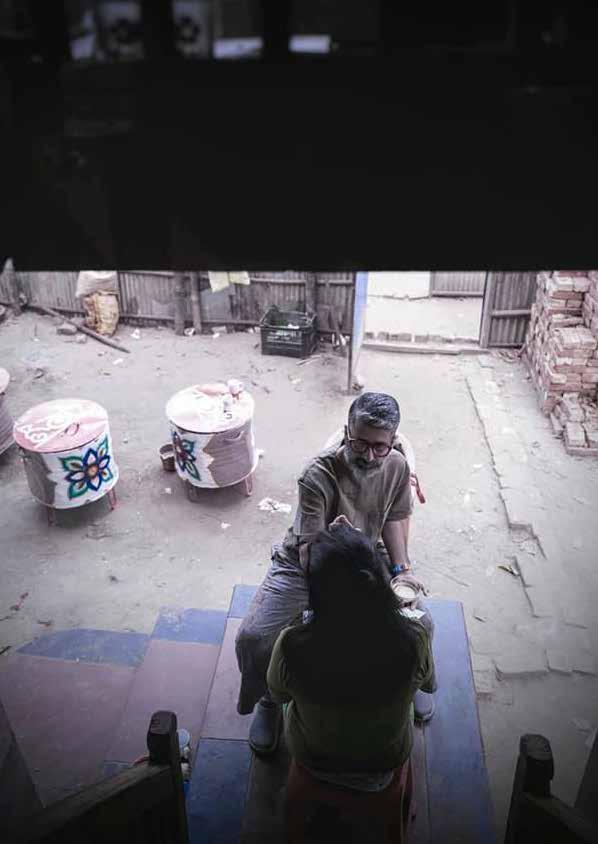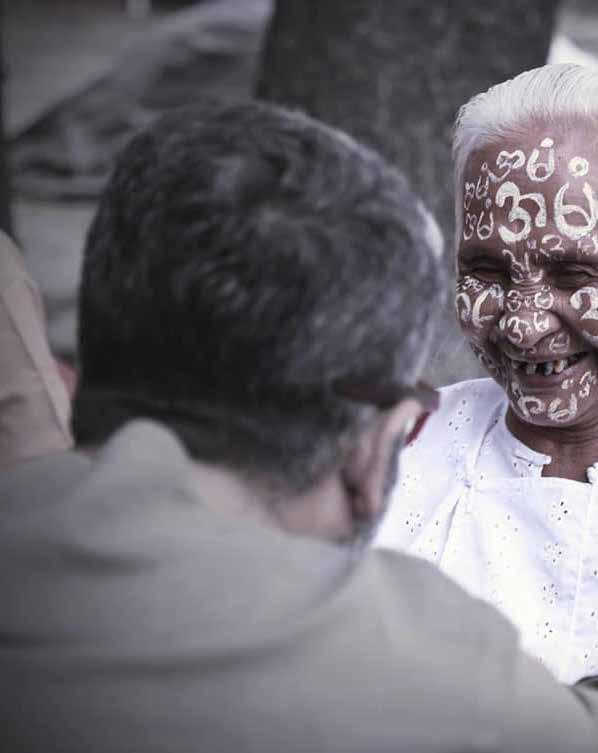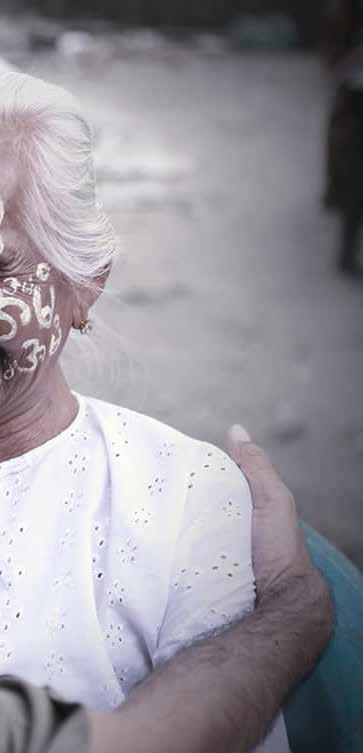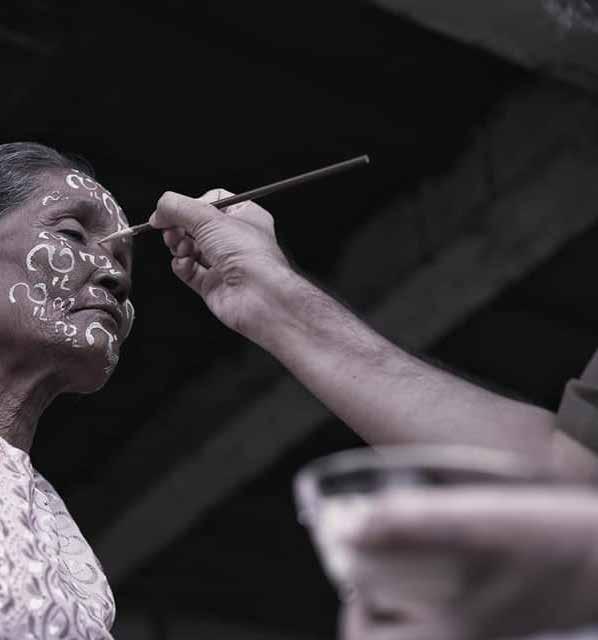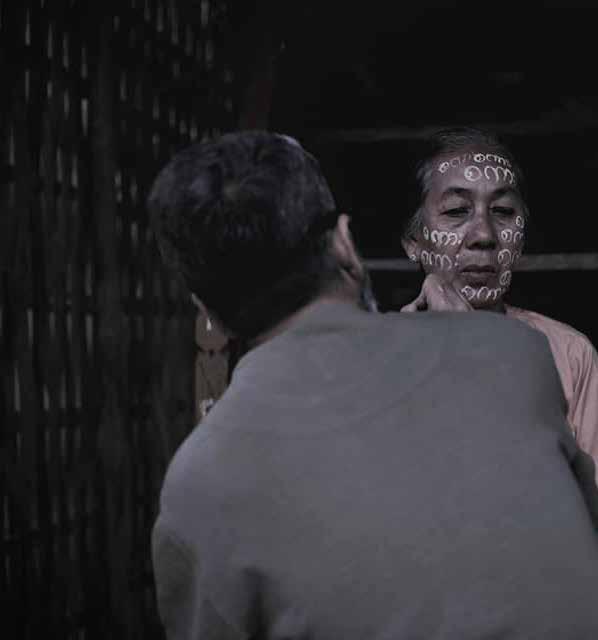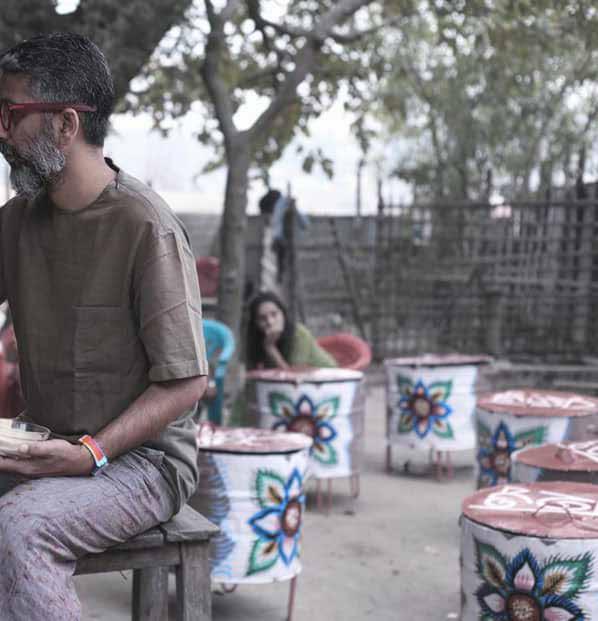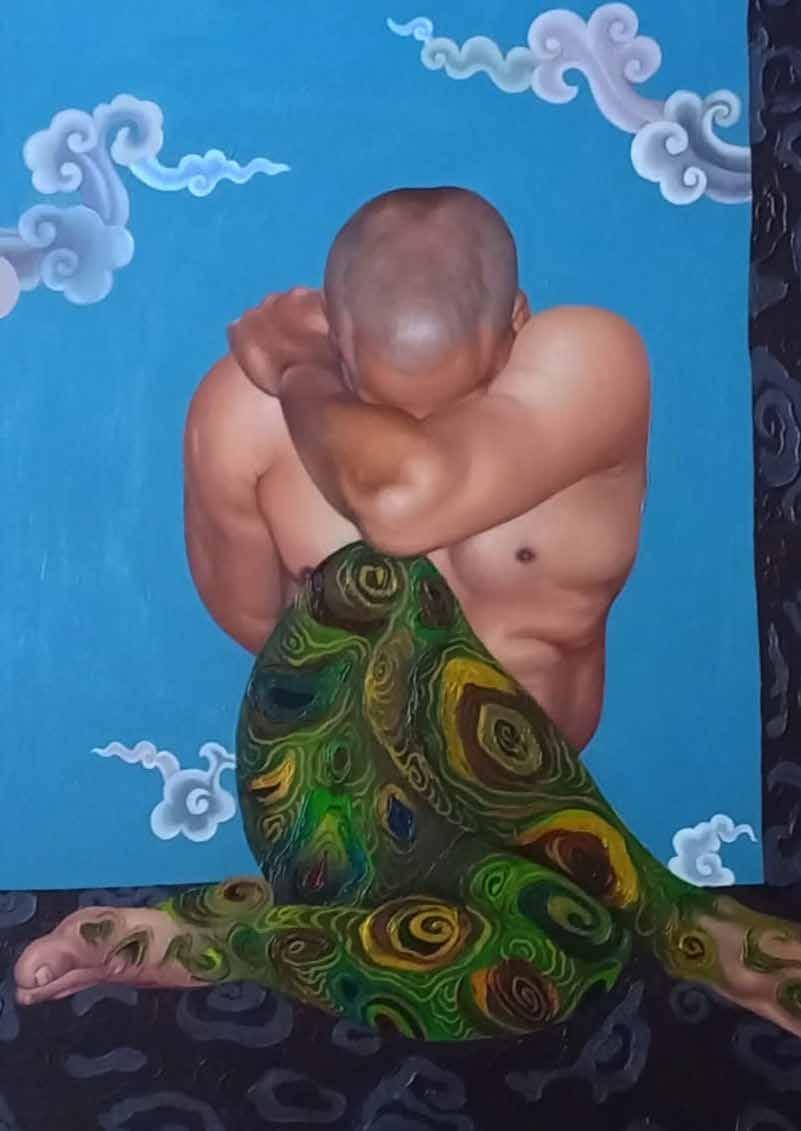
3 minute read
bishwajit goswami
Maa, Maati, Manush Bhasha, Swadesh, Prokkriti
Bishwajit Goswami
Advertisement
(bhasha swadesh prokkiti 2021) A site specific interactive project, photography of Bangladesh’s Rakhaine Community
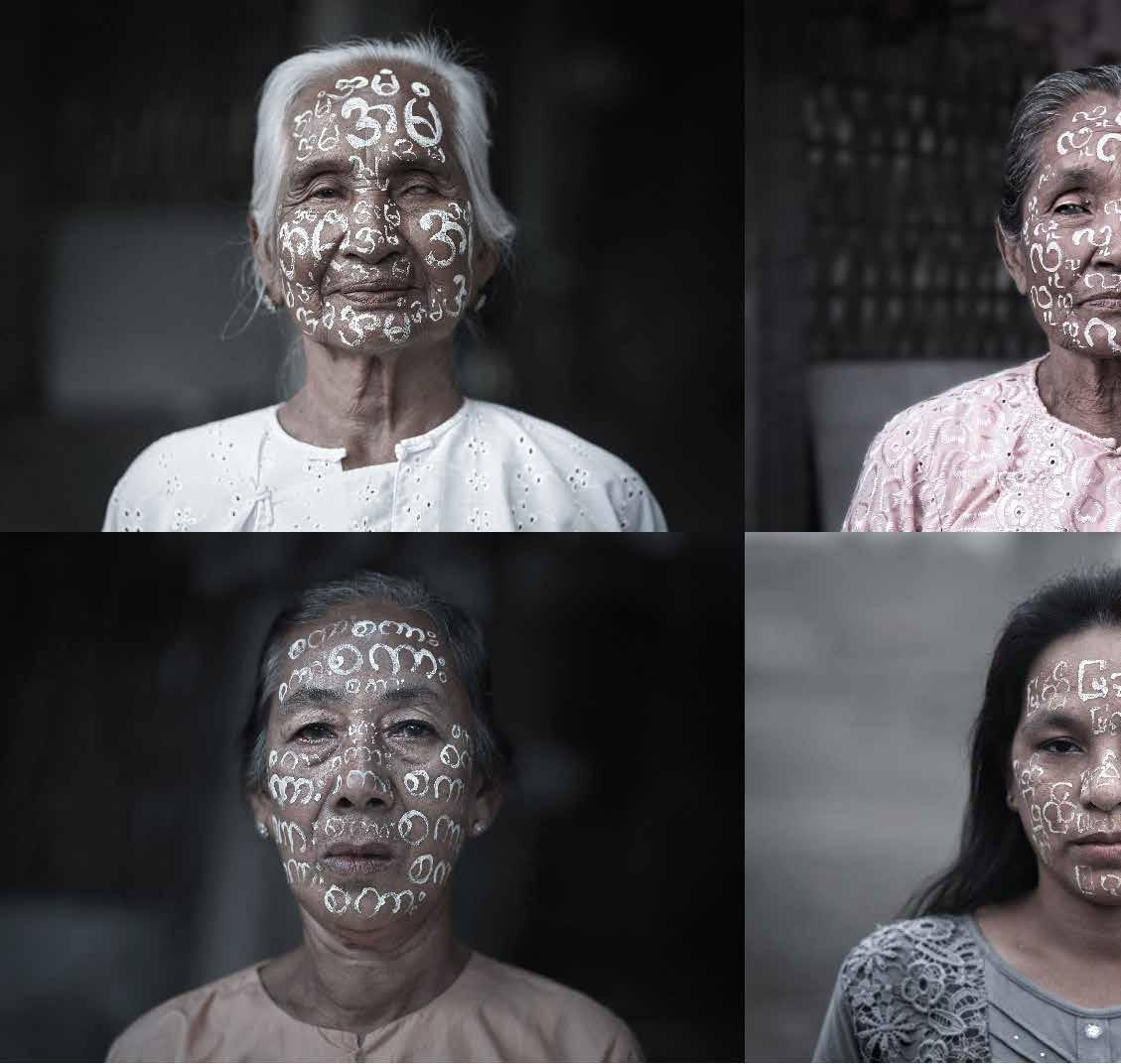
It is in bad taste to start a discussion about art without starting at the beginning: the conception. Ergo, that’s where this discourse begins. Over the past few years, Bishwajit Goswami has been working on a range of artwork based on the elements of mother, earth, people, homeland, language and nature. At times the elements have been combined in twos or threes, at times one has been present, at others, all have been present. The ideas surrounding these elements flow into each other quite spontaneously, according to Goswami, making it easy to transition from one to the other and share their connected properties aesthetically. So when planning a piece for a site-specific artwork, using these elements seemed par for course. What worked in Goswami’s favour was the location of the project: Moheshkhali, which was scouted on an earlier trip. A startlingly pristine island combining both mountainous and riverine terrain that is home to the native Rakhine communities of Bangladesh. What added to making it the perfect spot to undertake this site-specific artwork was the historical significance of cultural and linguistic traditions that were rooted in the land. The Rakhine community
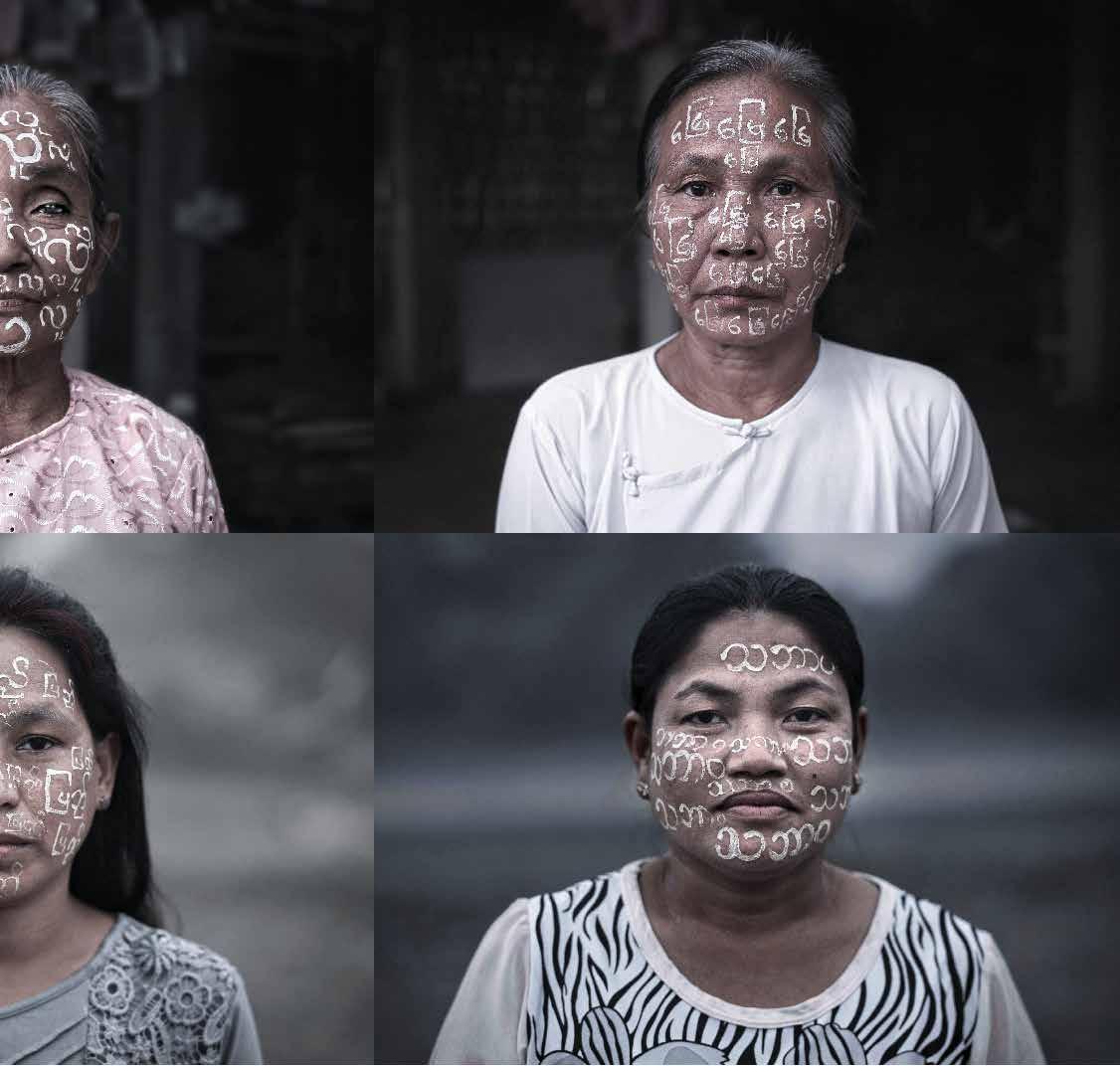
in Moheshkhali have been settled there for centuries, since the region was once part of the Arkhine Kingdom. Even through war and unrest, the people have endured as have their traditions and their language, finding harmony with the natural lifestyle offered by their homeland.
In his art making, Bishwajit accepted as true, “this is more important for him, how he is belonging; what he is; what he can see; what he imagines and is continuously watching, listening …rather than imitating any images…”
He has been working for a few years with font, text, typography, and calligraphy in different contemporary approaches. Sometimes he is using traditional natural ink, pigment for writing, making calligraphy. Other times, he is using neon light lettering against art-object, where neon itself becomes artwork.
In this project,Bishwajit performed with a universal notion of life; where the innate Bengali female portrait is cast as a surface of his artwork, and characters carry different concepts of spirit. Bengali women’s portrait and Bengali writing on the face represented the
artwork itself as a statue of spirituality. The movements and connection among the portraits created the visual oomph and vivacity on the artwork.
The artist played here six interconnected characters ‘Maa’ (eng. Mother, Rakhine ‘Amuiee’), ‘Maati’ (Eng. Earth, Rakhine ‘Maee’), ‘Manush’ (Eng. People, Rakhine ‘Luu’), Bhasha (Eng. Language, Rakhine ‘Saaga’), Swadesh (Eng. Motherland, rakhine, ‘Peyee’) and Prokkriti (Eng. Nature, Rakhine ‘Tabuaa’) for this artwork. The artworks denoted how a conceptual spirit transformed and devoted one to another, with constructing connections.
There really are so many aspects to this: can art really be created in a vacuum? Devoid of cultural and political connotations? Well, the theorists for the Aesthetic Movement in the early 19th Century certainly believed so, boldly claiming “Art for art’s sake”. However, I personally belong to the more Nietzschean frame of mind where I believe that even when you isolate politics, cultural and moral preaching from art, it is not purposeless, aimless, or senseless. Rather the artist still expresses his being through it, imbuing it with a sense of life. This seems to be the train of thought Bishwajit Goswami followed in the creation of ‘Maa-Maati-Manush-Bhasha-Swadesh-Prokkriti’. And in doing so he somehow managed to walk the very fine line that traces the concepts of art as a form of identity and identity as a form of art.
He attempts to portray the universal situation of society through the six forms, where the artist signifies the sense of spirituality; Eyes are expressive, symbolic and represent perception.
Bishwajit wisely depicts the connection between one concept to another, where movement executes direction amongst conceptual dialogues.
Bishwajit Goswami
